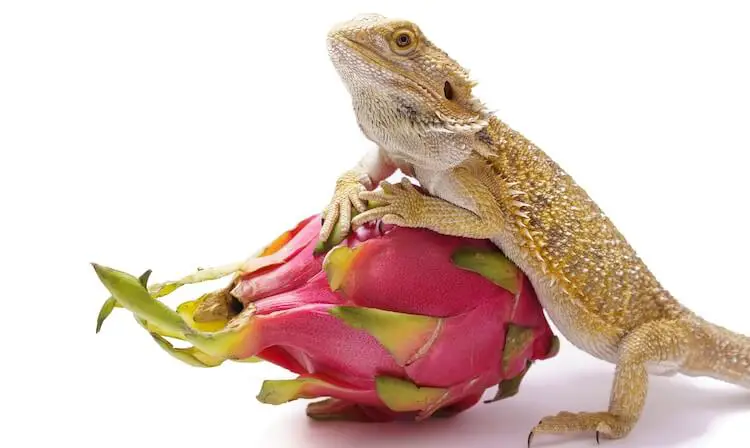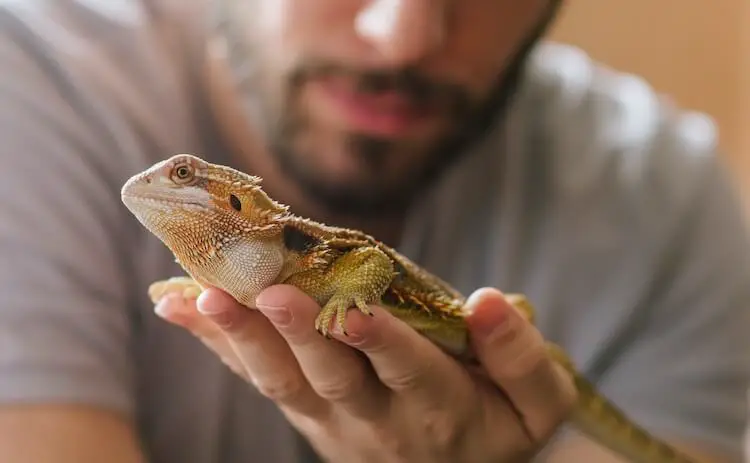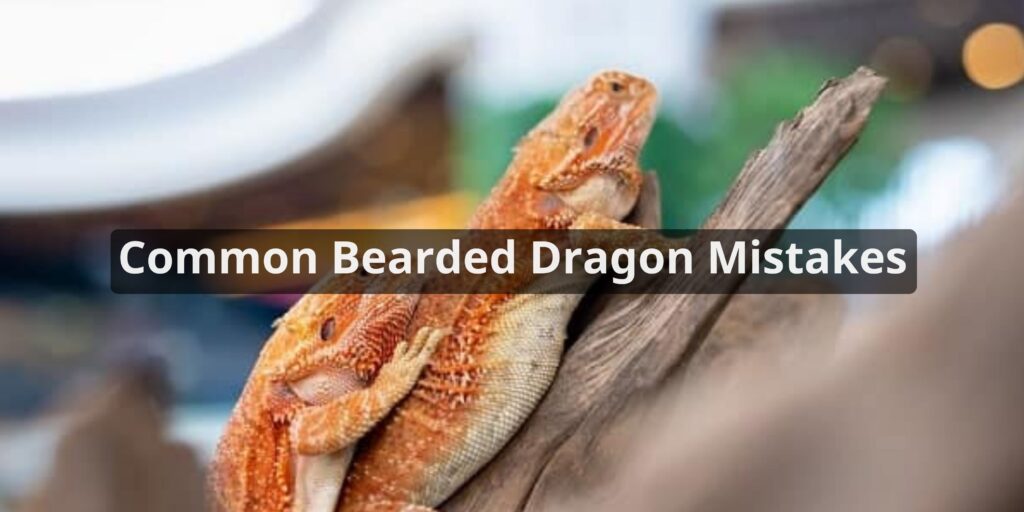Bearded dragons are very popular pet lizards, known for their calm and friendly personalities. However, they do require specific care and husbandry to thrive. Even experienced owners can make mistakes, so it’s important to be aware of the most common bearded dragon mistakes. Making changes to avoid these pitfalls will help ensure your bearded dragon lives a long, healthy life.
Bearded dragons originate from Australia and make excellent pets for first-time lizard owners. They are active during the day, enjoy human interaction, and have simple care requirements compared to other exotic pets. However, there are still some very common mistakes made when caring for these reptiles. Being aware of these issues will help you avoid problems and keep your bearded dragon healthy and happy.
Overfeeding

One of the most common bearded dragon care mistakes is overfeeding. Many owners don’t realize how little food these lizards actually need. Overfeeding leads to obesity, fatty liver disease, and other health problems.
Bearded dragons should be fed greens and vegetables daily, with insects offered a few times per week. Only babies and juveniles need daily insects. Adults only require insects 1-2 times per week. Feed 1-2 tablespoons of chopped greens per feeding, once or twice a day. Veggie examples include kale, mustard greens, turnip greens, squash, bell peppers, and sweet potato.
Also, do not leave a bowl of insects in the enclosure. Only feed as many bugs as your bearded dragon will eat in one 10-15 minute meal. Leftover insects will stress out your lizard. Monitor your dragon’s weight and adjust feedings if needed. An obese bearded dragon has obvious fat deposits and a very thick tail base.
Improper Temperatures
Another very common husbandry error is incorrect temperatures in the enclosure. Bearded dragons are from the desert and require a hot basking area of 95-100 degrees F. The cool end should be around 80 degrees F.
Use thermometers to monitor the temperature gradient. Place digital or probe thermometers at both ends of the tank. Adjust heat lamps as needed to maintain the proper hot and cool temperatures.
At night, the temperature can safely drop into the 70s. Avoid overheating the enclosure. Turn off supplemental lamps and heat sources at night. Use a thermostat or dimming thermostat to control your heating elements.
Improper temperatures will stress out your bearded dragon and make them prone to illness. Ensure you are providing the proper desert-like heating for these Australian natives.
Inadequate UVB Lighting
Bearded dragons need high levels of UVB light for healthy bones and digestion. Inadequate UVB is another extremely common and dangerous mistake.
You need a UVB bulb specifically made for lizards, rated at 10.0. The bulb should span at least half the enclosure to ensure proper exposure. Replace the UVB bulb every 4-6 months, as bulbs lose effectiveness over time.
Using an inaccurate handheld UV meter can also lead to problems. Instead, research bulbs and rely on proper placement for adequate UVB provision.
Without proper UVB lighting, bearded dragons develop metabolic bone disease. This causes deformities, fractures, weakness, and calcium deficiency. Make sure you use the right UVB bulb and replace it frequently.
Improper Calcium Supplementation
Along with UVB light, bearded dragons need calcium supplementation to prevent metabolic bone disease. But providing calcium incorrectly can also cause problems.
Use plain calcium carbonate powder without vitamin D3 or phosphorus. Lightly dust insects and salads with calcium at every other feeding. Adults need calcium 2-3 times per week. Do not use calcium with every meal or allow it to pile up in the enclosure.
Excess calcium can cause health issues like hypercalcemia. Get the calcium balance right by lightly dusting at the proper frequency. Seek input from an exotic vet on the optimal calcium schedule.
Inadequate Hydration

Dehydration is another common but easily avoidable mistake. Bearded dragons get most of their water from food, but also need periodic misting and soaks.
Mist the enclosure 1-2 times per day, especially during a shed. Provide a shallow water bowl for soaking at least a few times weekly. Soak juveniles daily in lukewarm water for 15-20 minutes.
Watch for signs of dehydration like sunken eyes, skin tenting, and urates stuck in the vent. Increase soaking time and mist more frequently if you notice any dehydration red flags. Proper humidity and soaks will keep your bearded dragon hydrated.
Conclusion
Avoiding common husbandry mistakes will greatly benefit your bearded dragon’s health. Feed an appropriate diet, maintain proper temperatures, use effective UVB lighting, supplement calcium appropriately, and ensure adequate hydration. Making these simple yet essential changes will prevent many health issues. Do your research to become an informed owner. With good care, your bearded dragon can live up to 10 healthy years or more!
FAQs About Common Bearded Dragon Mistakes
What are the typical errors in providing proper hydration for bearded dragons?
Mistakes include not offering fresh water daily, inadequate misting for humidity, or using a water dish that’s too deep. Ensure access to clean water and regular misting for hydration.
How can I prevent and rectify substrate-related mistakes in my dragon’s enclosure?
Common substrate errors involve using abrasive or impaction-prone materials. Opt for safe substrates like reptile carpet, tile, or paper towels to prevent ingestion and digestive issues.
What are the common errors in recognizing and addressing signs of illness or distress in bearded dragons?
Errors include not monitoring behavior changes, neglecting regular vet check-ups, and self-diagnosing. Familiarize yourself with common health issues, observe your dragon closely, and seek professional advice promptly if you notice any concerning symptoms.
What are the mistakes to avoid when introducing multiple bearded dragons into one enclosure?
Common mistakes involve overcrowding, insufficient hiding spots, and not supervising interactions. Ensure a larger enclosure, provide separate basking areas, and closely monitor for aggression or stress.
How often should I clean my bearded dragon’s habitat, and what are the errors in maintaining hygiene?
Neglecting cleaning schedules, leaving feces, and not disinfecting regularly are common mistakes. Clean the enclosure at least weekly, removing waste promptly, and disinfecting as needed to prevent bacterial growth.
Are there errors to watch out for when selecting and using accessories and decorations in a bearded dragon’s enclosure?
Mistakes include choosing items with sharp edges, inappropriate sizes, or toxic materials. Prioritize safety and comfort when selecting accessories, ensuring they can’t harm your dragon or create hazards in the enclosure.



